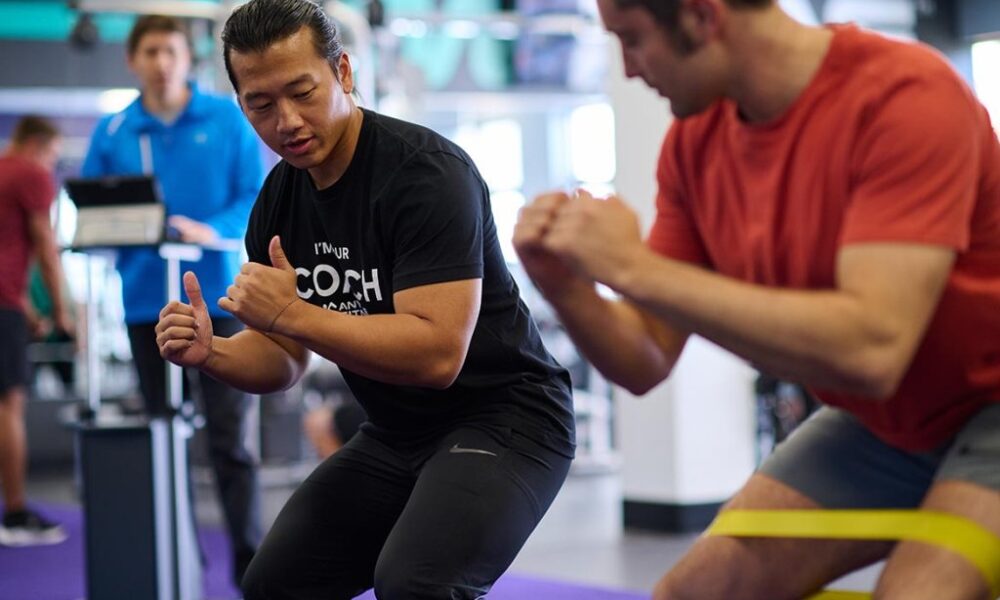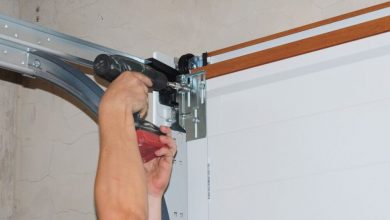What to Consider Before Spending on Workout Investments

In the age of social media fitness influencers and cutting-edge gym equipment, it’s easy to feel pressured into making large workout-related purchases. From smart home gyms and personal trainers to boutique fitness classes and pricey supplements, the options are endless, and often expensive. But before you commit to any investment, it’s important to evaluate whether it aligns with your goals, lifestyle, and financial means. Not all workout investments offer equal value, and what works for one person may not benefit another. This blog will guide you through six key considerations to ensure your spending on fitness is intentional, strategic, and serves your long-term health objectives.
Define Your Fitness Goals Clearly
Before swiping your card on that shiny new treadmill or committing to a year-long gym membership, it’s vital to know exactly what you want to achieve. Are you trying to build muscle, lose weight, increase flexibility, or improve cardiovascular health? Different goals require different workout gear and programs. For example, someone focused on strength training might prioritize free weights or a power rack, while a person interested in flexibility might benefit more from yoga classes or mobility equipment. When your investment matches your purpose, you’re more likely to stay consistent and get results. Without clarity, you risk spending money on something that doesn’t suit your actual needs.
Evaluate Your Budget and Financial Priorities
Fitness should enhance your life, not create financial stress. Before making any significant purchases, take a look at your budget and evaluate where your money is best spent. Can you comfortably afford the monthly fee for that premium fitness app, or are there free or low-cost alternatives that provide similar value? Consider whether a less expensive piece of equipment could offer a comparable workout. Keep in mind that financial commitments, like long-term gym memberships or payment plans for expensive machines, can quickly become burdens if your income changes or your interest fades. Prioritize financial wellness alongside physical fitness to ensure areas of your life remain balanced.
Consider Long-Term Commitment and Motivation
Ask yourself if your interest in a certain fitness investment is temporary or if it reflects a long-term commitment. Many people get swept up in a burst of motivation after seeing a transformation video or a New Year’s resolution post, only for their enthusiasm to fade a few weeks later. That $1,500 smart bike might seem worth it now, but will you still be excited to use it after the novelty wears off? Test your commitment first, perhaps by trying a trial class, borrowing equipment, or using a low-cost version of the program. If your dedication remains steady, the investment may be worth it.
Research Alternatives Before Committing
The fitness industry is saturated with options, from name-brand products to lesser-known but equally effective tools. Before purchasing something expensive, research the market thoroughly. Often, there are more affordable or versatile options that suit your needs just as well. For example, resistance bands or adjustable dumbbells can provide a wide range of strength-training exercises without taking up much space or money. Online reviews, comparison videos, and user forums are great resources for evaluating alternatives. Sometimes, a well-reviewed generic item can rival a popular brand for a fraction of the price. Doing your homework can save you hundreds while still giving you great results.
Analyze Convenience and Accessibility
Another crucial factor is how accessible and convenient your fitness investment is. A top-tier gym 30 minutes away might seem perfect on paper, but if the commute becomes a hassle, you’re less likely to go regularly. High-end home equipment might take up too much space or require setup and maintenance that becomes frustrating. Think about what truly fits into your lifestyle. Would you be more consistent with a simple yoga mat in your living room or an advanced machine in the garage? The easier it is to access your workout tools, the more likely you are to use them consistently and get value from them.
Factor in Support and Instruction
Even the best equipment or programs can fall flat if you don’t know how to use them properly. Before investing, ask yourself if you’ll have access to instruction, guidance, or support. Some products come with built-in coaching features, while others require you to seek additional help. Investing in a few sessions with a certified personal trainer might be more beneficial than buying the latest gadget if you’re new to fitness. Opting for a gym or app that provides structured plans, progress tracking, or a supportive community can keep you motivated and informed. Quality instruction maximizes the return on your workout investments and helps you avoid injury or burnout.
Spending money on your fitness journey can be a positive and empowering step, but only if it’s done with intention and foresight. By clearly defining your goals, respecting your budget, and carefully evaluating your options, you’ll ensure your investments support your health without draining your wallet. Remember, the best workout investment is the one you’ll use consistently. Prioritize practicality, sustainability, and value over hype, and you’ll build a fitness routine that fits your life and enriches it.

Source: What to Consider Before Spending on Workout Investments




